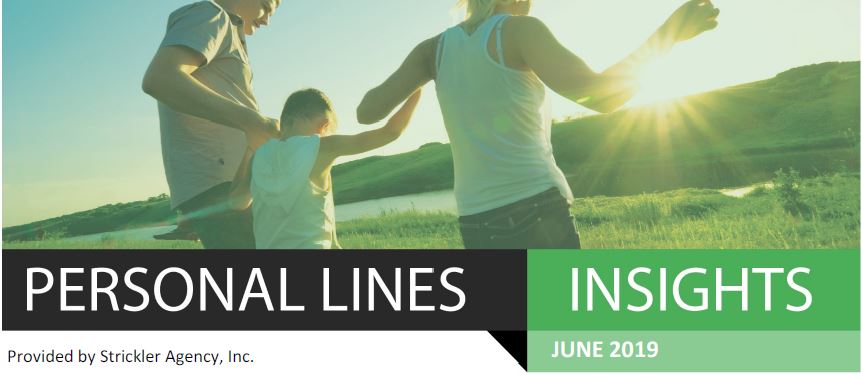
Safety in the Sun: As temperatures start to rise during the summer and you spend more time outdoors, it’s important to protect yourself from harmful ultraviolet (UV) rays. Harmful conditions like sunburns are common, but extended exposure to the sun is the primary cause of over 90 percent of non-melanoma skin cancer in the United States. Keep these skin protection tips in mind:
- Take extra care before going out in the sun if your family has a history of skin cancer.
- Try to stay out of the sun when your shadow is shorter that you are, usually between 10 a.m. and 2 p.m. During that time the sun is directly overhead, allowing more UV rays to reach your skin.
- Wear clothing that blocks UV rays, such as hats, sunglasses and tightly knit, lightly colored clothing.
- Apply sunscreen to any exposed skin before you go outside. A sun protection factor (SPF) of 30 or higher is best, but using a broad-spectrum sunscreen will protect you from both types of UV rays.
- Make sure to reapply sunscreen every two to three hours. If you’re at a high altitude, in a humid environment, sweating or swimming, you may need to reapply sunscreen more frequently.
- Monitor children who are outdoors in the sun. Experts believe that about 80 percent of an average person’s total sun exposure takes places before the age of 18.
Protecting Your Home From Wind Damage: Lightning strikes and other common storms can endanger your home, but you also need to consider the risks of the wind damage that accompanies these weather events. High winds can cause significant damage to your home’s roof, windows, doors and siding. And since wind is usually just one factor of dangerous storms, any wind damage could create openings that would further expose your home. Here are some ways you can protect your investment:
- Roof—Inspect your roof from the ground to ensure it’s fully covered. If you notice any damage, you should considering having it inspected professionally to ensure it’s up to code and that all of the shingles are secure.
- Doors—Make sure your doors are made of a strong substance that isn’t heavy enough to present a risk if it’s torn off, such as solid wood or a hollow metal. You can also secure your existing doors by installing additional hinges or deadbolts.
- Windows—Install impact-resistant shutters on large windows to protect your home from changes in air pressure and flying objects.
- Yard—Remove any trees or other foliage that could come loose and fall on your home in high winds.
After a storm passes, you should inspect your home for damage as soon as possible. You should also call 717-263-4179 if you need to make a claim or have questions about your insurance coverage for wind damage.
What Goes Into Auto Insurance Rates? Even the safest drivers can have questions if their auto insurance rates are high or their rates increase without having a significant claim. Here are some of the factors that may impact your auto insurances rate:
- Driving history—The biggest aspect that affects your rates are how often you’ve gotten into an accident, and how likely carriers think you’ll get into one again.
- Number of drivers—The number of drivers on U.S. roads has increased over the past few years as a result of rising employment rates. This, in turn, leads to more crashes that need to be paid for by insurance, and carriers may choose to transfer this cost to policyholders by raising rates.
- Claim severity—The average cost of an auto claim is increasing because of the rising price of medical care, vehicle repairs and auto parts.
- Uninsured drivers—Auto insurance is usually mandatory in order to protect drivers and their passengers. However, policyholders may need to purchase additional coverage in case an uninsured driver causes an accident.
